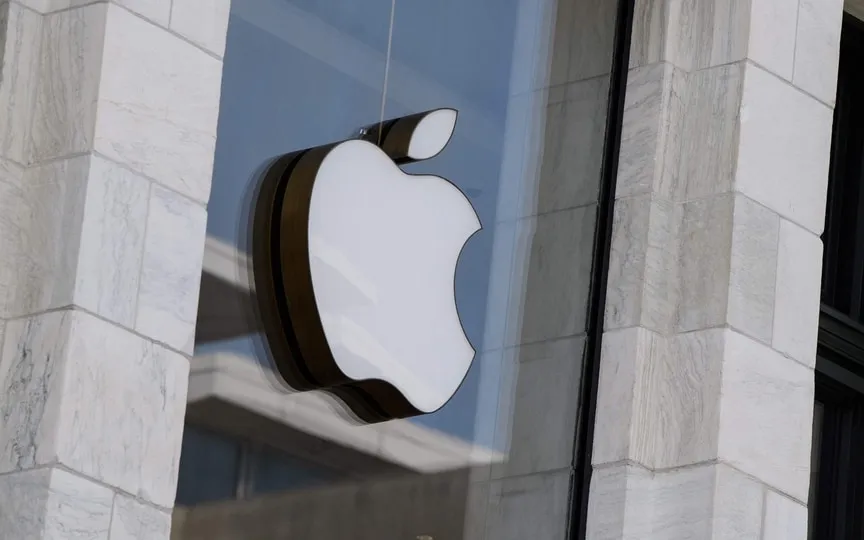Intel Identifies Glass as a Crucial Component in the Competition to Fuel Artificial Intelligence
Intel Corp. is placing its bets on an unconventional substance, glass, to assist in managing the escalating artificial intelligence workloads of computers worldwide. Intel researchers argue that as processors grow in size and complexity, their capacity to communicate with other computer parts will become a bottleneck. To address this issue, the company proposes employing glass-based substrates, positioned between the chip and connecting components, as the solution.
For Intel, the chip pioneer now chasing Nvidia Corp. for the limelight, the new approach offers a chance to show its ability to innovate for the artificial intelligence world — and win new customers along the way. The company has increased R&D spending to nearly $18 billion a year, which is clearly more than others.
Intel’s glass push comes from its packaging research and manufacturing facilities, a little-known part of its technology portfolio. The Santa Clara, Calif.-based company is trying to raise its profile as part of a broader effort to attract customers to its manufacturing operations.
Since Intel’s founding in the late 1960s, its factories have focused almost exclusively on producing their own models. Now the chipmaker is building out its foundry operations, which make semiconductors and other technology for outside customers — one of the biggest turnarounds in the 55-year-old company’s history.
CEO Pat Gelsinger has been talking more and more about Intel’s packaging capabilities—the technology surrounding the chips. And the company is making progress in acquiring customers in that area, he says, even though buyers are bringing in logs made elsewhere.
The packaging business is seen as a way to attract customers who can then use Intel for their broader chipmaking needs. It’s a high stakes bet. Intel is spending billions on new factories around the world in the hope that outside customers will keep them on board.
Gelsinger, who will chair Intel’s annual technology conference later this week, is also trying to restore the idea that the company can set the agenda for the $580 billion chip industry.
With the glass packaging initiative, Intel aims to be the first to commercialize a technology that has been in academic research for years. The chip maker predicts that current technologies will run out in the second half of this decade, creating an urgent need for new solutions.
The tiny metal tracks that carry data and power between the chip’s billions of transistors and the rest of the computer must be routed through a package that protects the silicon. For the past 20 years, this substrate has been made from a mixture of fiberglass and epoxy. The material is relatively cheap and has become the industry standard.
As chips contain tens of billions of transistors and more, partly due to the demands of AI software, this packaging layer shows its limitations. Small electronic components must be clamped with a force equal to the NFL line sitting on top of them – otherwise the electrical contacts will not make clean contact.
Increasing the number of holes in the flexible base leads to warping, which can cause a loss of contact in some areas. The mixture of epoxy and fiberglass also limits how much power and data paths can be reduced.
Glass fixes these problems, Intel says. The material does not warp, and its structure allows the use of more detailed information. The material has the same chemical properties as the silicon it supports, meaning it expands and contracts at the same rate at high temperatures.
But it is not sure. Before the approach goes mainstream, Intel needs to source cheaper hardware. And scientists need to improve processing techniques to protect glass’s most famous property: its tendency to shatter.
Intel has about 4,200 employees working on packaging technologies, including other types of improvements, in Chandler, Arizona.




